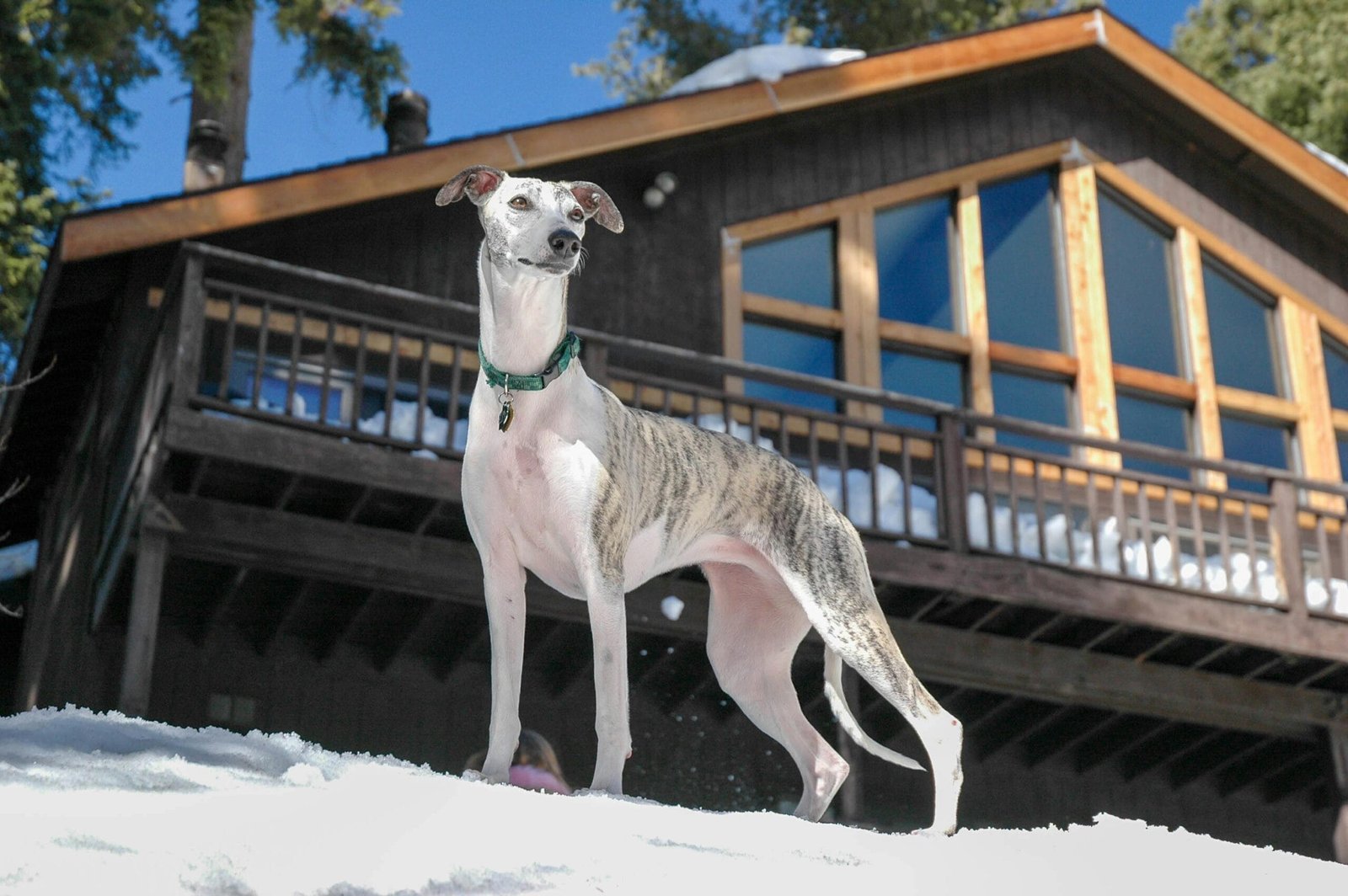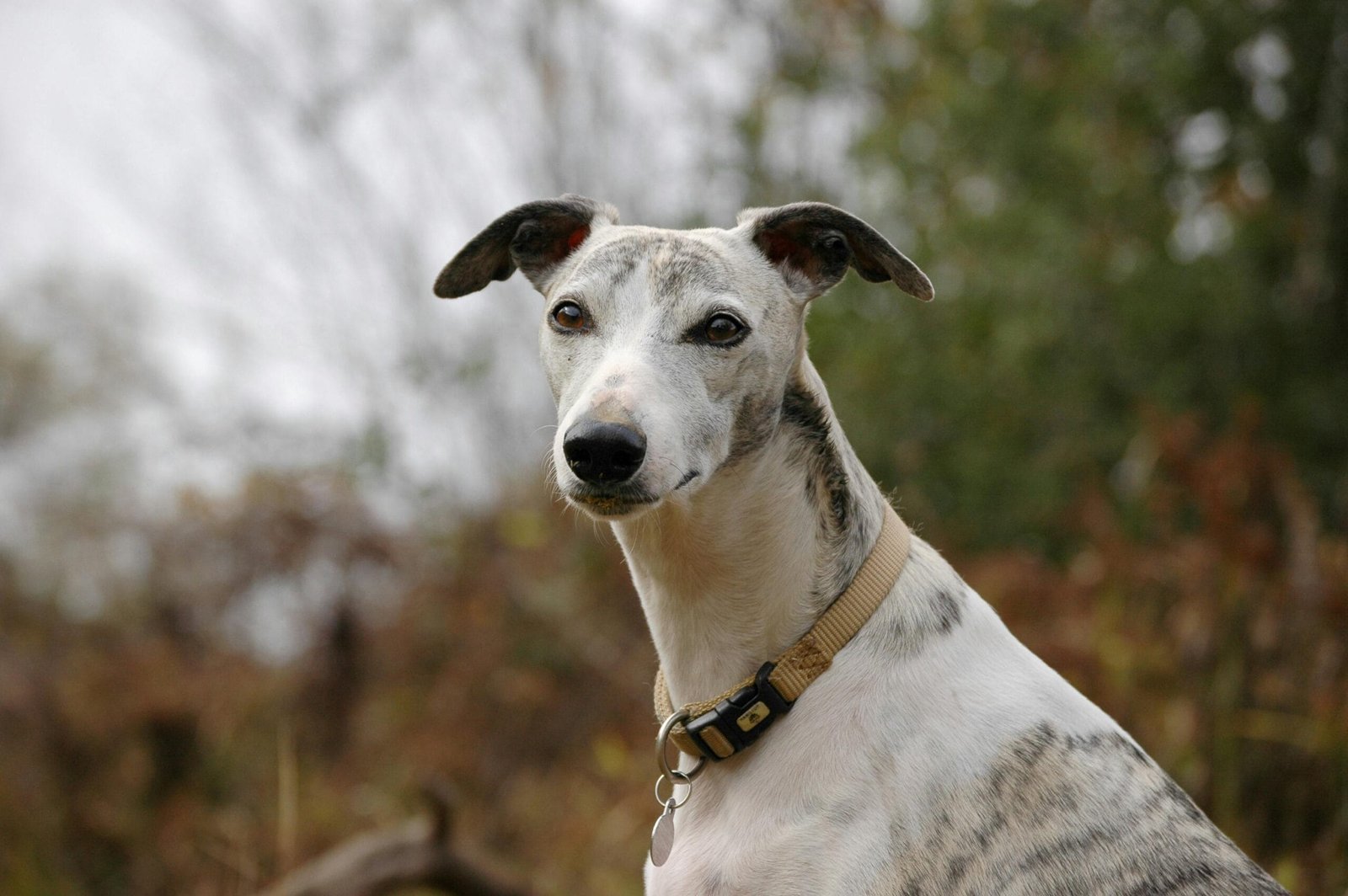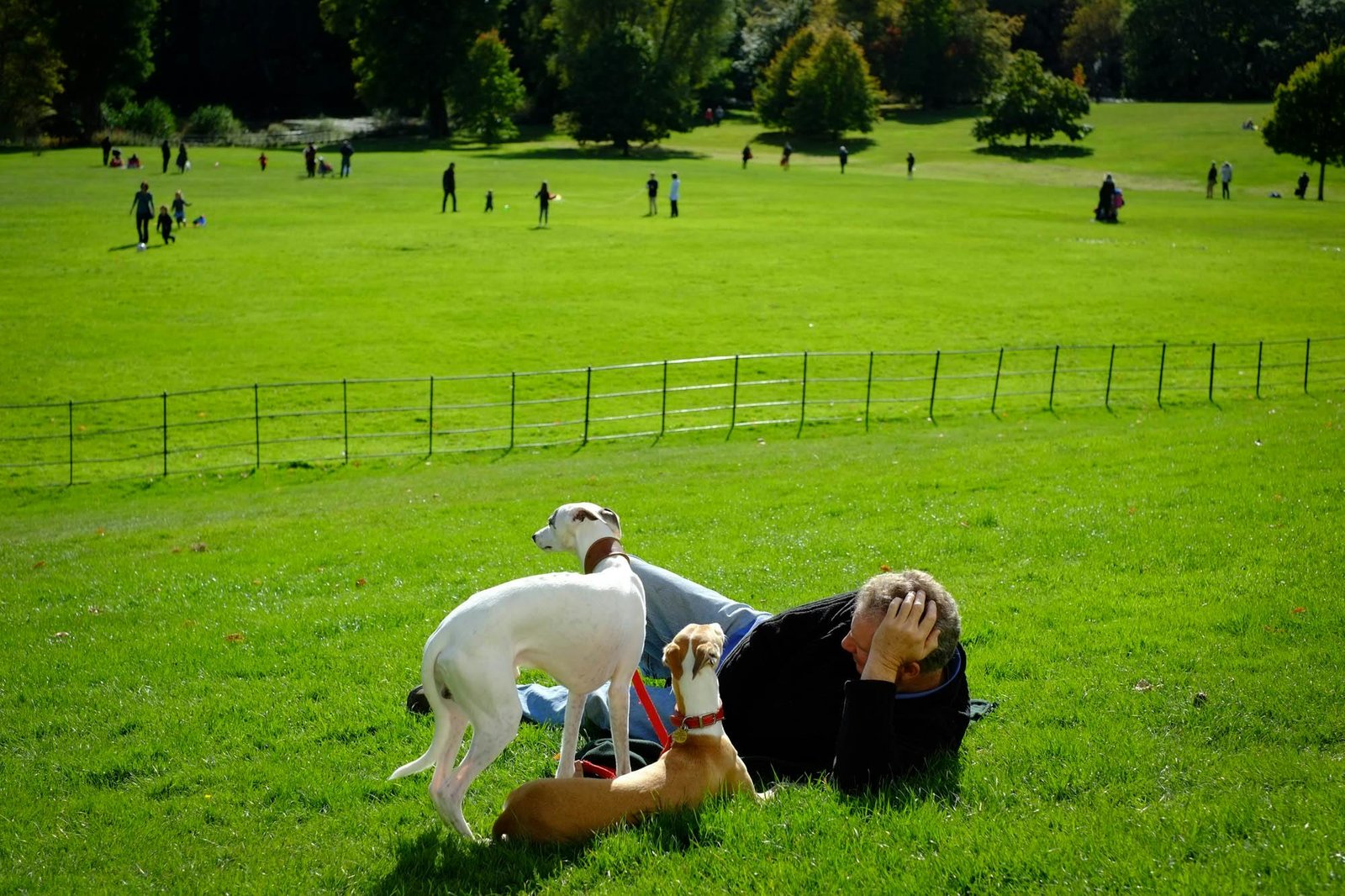Greyhound Care Tips: Comprehensive Guide for New Owners
Introduction
Greyhounds are different from other breeds because they are kind, sporty, and have certain demands. Known for their sleek physique and calm nature, Greyhounds make affectionate and loyal pets. However, to keep them happy and healthy, understanding their distinct care requirements is essential.
This guide provides comprehensive insights into Greyhound care tips, covering everything from nutrition and grooming to exercise and mental stimulation.
1. Understanding Greyhound Temperament and Behavior
Greyhounds are renowned for having a sweet and serene disposition. They are often described as “couch potatoes” because of their relaxed nature. This trait makes them ideal for indoor living and a perfect fit for families who prefer low-energy dogs. However, Greyhounds can be sensitive and may react strongly to loud noises or sudden movements.
Being naturally social, they enjoy company, whether it’s with humans or other pets. Greyhounds have a deep bond with their owners, so they tend to follow family members around the house.
Knowing these aspects of Greyhound temperament helps tailor their care to meet their emotional needs.
2. Nutrition for Greyhounds
A well-balanced diet is critical for maintaining your Greyhound’s health and longevity. Here are essential tips for feeding:
- High-Quality Food: Provide a protein-rich diet that aligns with their athletic build. Look for dog food with high protein and moderate fat content.
- Meal Portions and Frequency: Feed your Greyhound twice a day to maintain consistent energy levels and reduce the risk of bloat. Due to their athletic metabolism, they benefit from smaller, frequent meals.
- Avoiding Common Allergies: Greyhounds can be sensitive to certain food ingredients like corn and wheat. Opt for grain-free formulas if you notice skin issues or digestive discomfort.
Ensuring proper nutrition is one of the top Greyhound care tips to maintain their energy and overall health.
3. Exercise and Activity Needs
Despite their reputation as sprinters, Greyhounds require moderate exercise rather than extensive physical exertion. Here’s how to manage their activity levels:
- Daily Walks: A 20-30 minute walk twice a day is usually sufficient to meet their exercise needs.
- Sprinting Sessions: Greyhounds love to run but only in short bursts. Providing a safe, enclosed space for sprinting occasionally can satisfy this need.
- Indoor Play Options: For rainy or cold days, interactive toys and indoor play sessions keep your Greyhound mentally stimulated and prevent boredom.
Exercise is vital for Greyhounds, but knowing their limitations will help prevent injury, as Greyhounds are prone to joint and muscle strains if overexerted.
4. Grooming and Hygiene
Greyhounds are low-maintenance when it comes to grooming, but there are a few key areas to address regularly:
•Coat Care: Due to their short, thin coat, weekly brushing is enough to keep their skin healthy and coat shiny.
•Bathing Needs: Bathe your Greyhound only when necessary, as frequent baths can dry out their skin. Use mild shampoos designed for dogs to avoid irritation.
•Nail and Dental Care: Regular nail trimming is essential, as Greyhounds’ fast-growing nails can easily break or cause discomfort. Additionally, dental health should not be overlooked—brushing their teeth a few times a week helps prevent tartar buildup.
Maintaining a simple grooming routine will ensure that your Greyhound stays clean and comfortable without much fuss.
5. Health Concerns Specific to Greyhounds
Greyhounds have specific health issues that owners should be aware of:
•Bloat: Due to their deep chest, Greyhounds are prone to bloat, a serious condition that requires immediate attention. One way to lower this risk is to provide smaller, more frequent meals.
•Osteosarcoma: Bone cancer is more common in Greyhounds than in many other breeds. Regular vet check-ups help detect any issues early.
•Heart Health: As athletic dogs, Greyhounds can sometimes develop heart issues. Monitor their weight and exercise levels, and ensure regular veterinary exams.
Preventative care is crucial to minimize risks, making this one of the most critical Greyhound care tips for new owners.
6. Creating a Comfortable Living Environment
Greyhounds are sensitive to temperature extremes and need a comfortable living space:
•Soft Bedding: Since Greyhounds have low body fat, they need soft, cushioned bedding to prevent pressure sores. Orthopedic dog beds are ideal.
•Temperature Control: Greyhounds feel the cold easily, so keep them warm in winter with coats or sweaters. In summer, avoid overheating by limiting outdoor time in the sun and providing water and shade.
•Safe Spaces: Create a quiet, cozy corner where your Greyhound can retreat. They feel more safe as a result, particularly in tense situations like thunderstorms.
A secure, comfortable home setup helps your Greyhound feel at ease and prevents stress-related issues.
7. Training Tips for Greyhounds
Training a Greyhound requires patience and understanding of their unique personality:
•Positive Reinforcement: Greyhounds react favorably to praise. Reward positive behavior with praise and treats.
•Socialization: Early socialization with people, other pets, and various environments is essential to prevent fear-based behaviors.
•Common Challenges: Greyhounds can be sensitive to harsh commands. They may also get distracted outdoors, so recall training in a fenced area is beneficial.
With the right approach, training can be a rewarding part of Greyhound care tips and helps build a strong bond.
8. Bonding and Mental Stimulation
To keep your Greyhound happy, focus on activities that engage them mentally as well as physically.
•Interactive Toys: Food puzzles and treat-dispensing toys keep them mentally stimulated.
•Routine: Greyhounds thrive on a structured routine, which gives them a sense of security.
•Daily Play and Affection: Spending quality time with your Greyhound fosters trust and strengthens your bond.
Mental stimulation is a key aspect of Greyhound care tips, ensuring that your dog remains well-rounded and content.
Conclusion
Caring for a Greyhound involves understanding their specific needs, from proper nutrition to creating a comfortable home environment. By following these Greyhound care tips, you’ll help your dog thrive, enjoying a long, healthy, and happy life.
Greyhounds may have unique requirements, but with love and dedication, they make wonderful companions that bring joy and loyalty to any household.
For more update and complete guidances checkout my blog post about How to Care for a Siberian Husky Puppy
Reference









